I know how to use <- and ->, and there are several writeups on the difference between equals assignment & arrow assignment, but I don't know when to prefer -> over <-.
It seems the community has coalesced around using <- for assignment.
Neither the google R style-guide, nor Hadley Wickam's tidyverse R style-guide even mention -> in the assignment section.
I'm curious about the design considerations that led the S/S-PLUS developers to put in the right arrow assign operator ->. In what setting(s) would using -> be considered more readable (or easier to type) versus <- or =?
I'm not familiar with any other language that allows the right-assignment semantics. What languages inspired R in this regard?
I'm looking for answers that cite books / early design documents / user manuals / archived mailing lists or other references to establish what the S author/designer's intent was in putting in the forward-arrow assignment operator.





